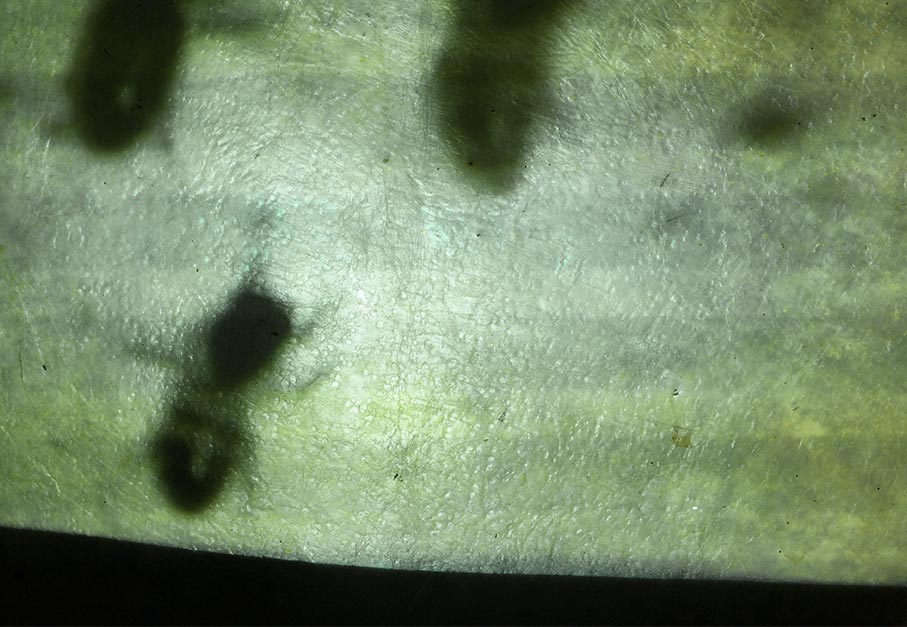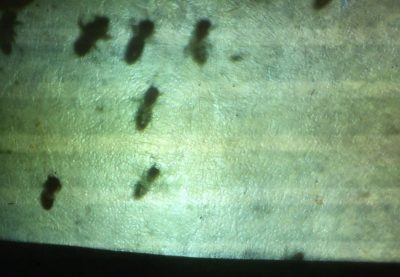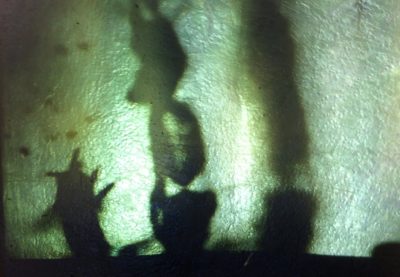Globalization and the digital world have made traditional borders fluid, generating an incessant flow of people, information and culture. The traditional barriers between the center and the periphery have fallen, and the territory tends to turn into a unique system composed of variously extended and densely populated areas.
In such a scenario of great change, increasingly large parts of society are calling for a new role of rural areas. Not only as suppliers of goods and services, but also of healthier and more sustainable models and lifestyles.








Intelligent Guerrilla Beehives – New kinds of sustainable beehives are emerging. These hives are nodes in a wider network, supporting the bees in their task to keep up biodiversity. The bodies (outer skin) of the hives are biosensors where bacteria measure the presence of pollution and pesticides in the bees’ foraging fields and visualise as thus the health of the ecosystem.
© AnneMarie Maes – ElbBienen project in Hamburg (Germany), Kukarobot designed beehive in plain wood. Life inside the beehive; bee monitoring with infrared camera, stills printed on Hahnemühle paper.
We are witnessing the development of sustainable, biological and small-scale productions and the design of campaigns to protect the environment. At the same time, movements, studies and practices have emerged, inspired by the need to give value to the local communities’ cultures, to allow the ecosystems regeneration, and to open up to everyone the possibility to actively and responsibly participate in the reorganization of the supply chains that produce not only food but also landscapes.
A new rurality, therefore, which does not stem from a contrast with urban models, but rather from the constitution of new economic and social forms, and from a conception of the “rural” as characterized by the peculiarities of the territories, rather than exclusively belonging to the agricultural sector.
The villages network and the landscape could become the cornerstones of the significant cultural and economic factory of the future if rural contexts are adequately “redesigned”, i.e. if they are able to offer living and working spaces, if they can attract and offer opportunities which activate new economies and create integrated production chains (bioeconomy).
https://www.ruraldesignweek.com/

